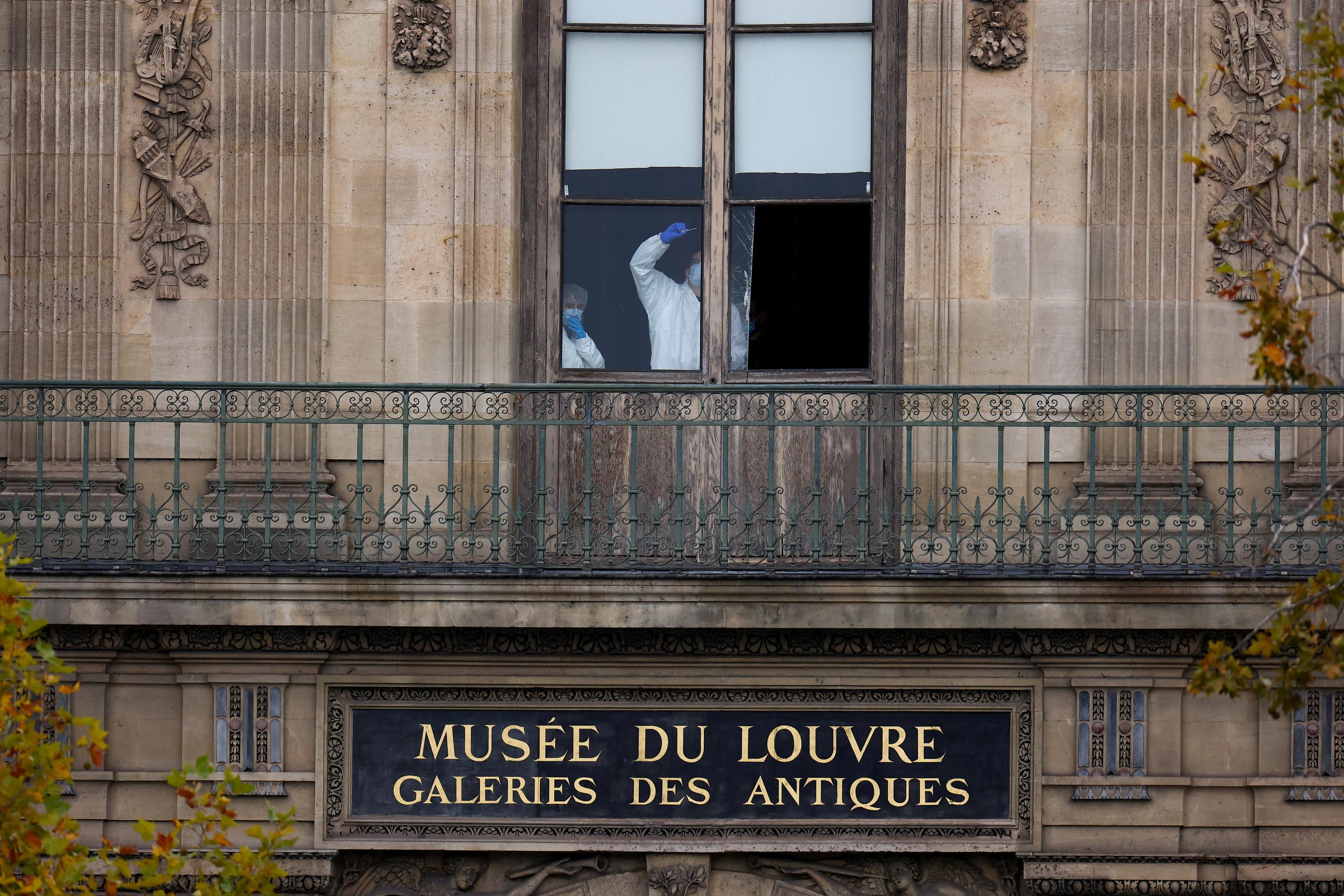Louvre Jewelry Heist Exposes Long-Standing Security Vulnerabilities at World's Largest Museum
The recent theft of priceless jewels from the Louvre revealed decades-old security flaws, prompting calls for urgent museum protection reforms.
- • Eight invaluable jewelry pieces stolen from the Louvre in seven minutes by four criminals.
- • The thieves accessed the museum through a window during daylight hours.
- • Director Laurence de Cars had requested a police security audit prior to the theft.
- • Culture Minister Rachida Dati highlighted forty years of neglected museum security and recent audit recommendations.
Key details
A daring theft at the Louvre Museum on Sunday has exposed significant security weaknesses at the world's most visited museum, raising questions about institutional preparedness and oversight.
Four criminals executed a fast-paced robbery, stealing eight invaluable historical jewelry pieces within seven minutes by entering through a window during broad daylight. Among the stolen items were the sapphire necklace of Queen Marie-Amélie and Queen Hortense, containing eight sapphires and 631 diamonds, and the diadem of Empress Eugénie, adorned with nearly 2,000 diamonds, underscoring the precious nature of the heist's targets.
The incident has highlighted longstanding vulnerabilities in security at French national museums. According to Louvre director Laurence de Cars, concerns over security prompted her to request a police audit. Culture Minister Rachida Dati emphasized that museum security has been neglected for forty years, acknowledging that recommendations from a recent security review had been delivered to the museum but evidently insufficiently acted upon.
The theft's success via a simple window entry during daytime visitation raises urgent alarms about the adequacy of current protections for priceless artifacts. In 2024, the Louvre attracted 8.7 million visitors, intensifying the challenge of balancing accessibility with security.
This brazen breach has spurred calls for urgent modernization and reinforcement of security protocols to prevent future incidents at France’s cultural landmarks. The administration and government face increased pressure to address these historically persistent risks to safeguard national heritage effectively.
This article was synthesized and translated from native language sources to provide English-speaking readers with local perspectives.
Source articles (2)
Latest news
Bruno Retailleau Urges PM Sébastien Lecornu to Use Article 49.3 Amid Budget Stalemate
22-Year-Old Hacker Charged and Detained Over Major Cyberattack on French Ministry of Interior
PSG Set to Face Vendée Fontenay Foot in Coupe de France 32nd Final on December 30
Lille Edges Through While Lorient Dominates in Coupe de France 32nd Finals
Bayeux FC’s Historic 2-1 Upset Over Blois Secures Coupe de France Round of 16 Spot
Bpifrance's Strategic Role Bolsters France's Economy Amid Global Pressures
The top news stories in France
Delivered straight to your inbox each morning.


